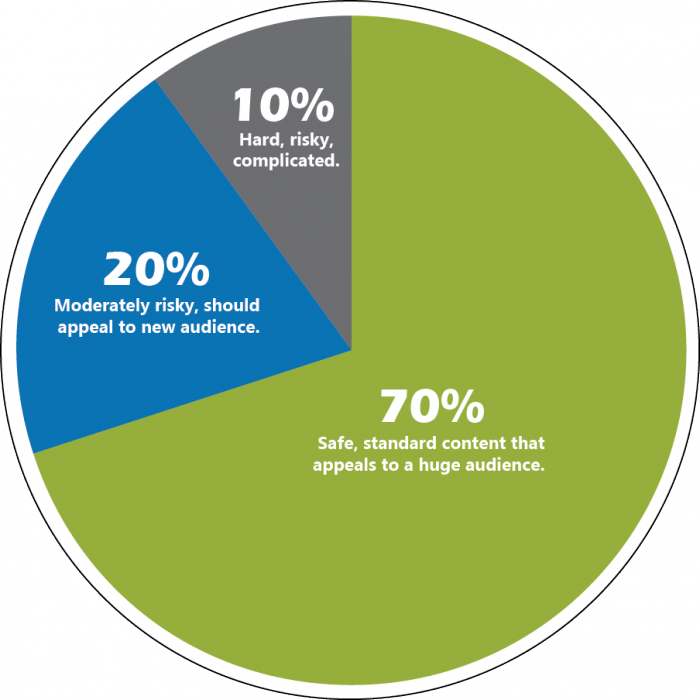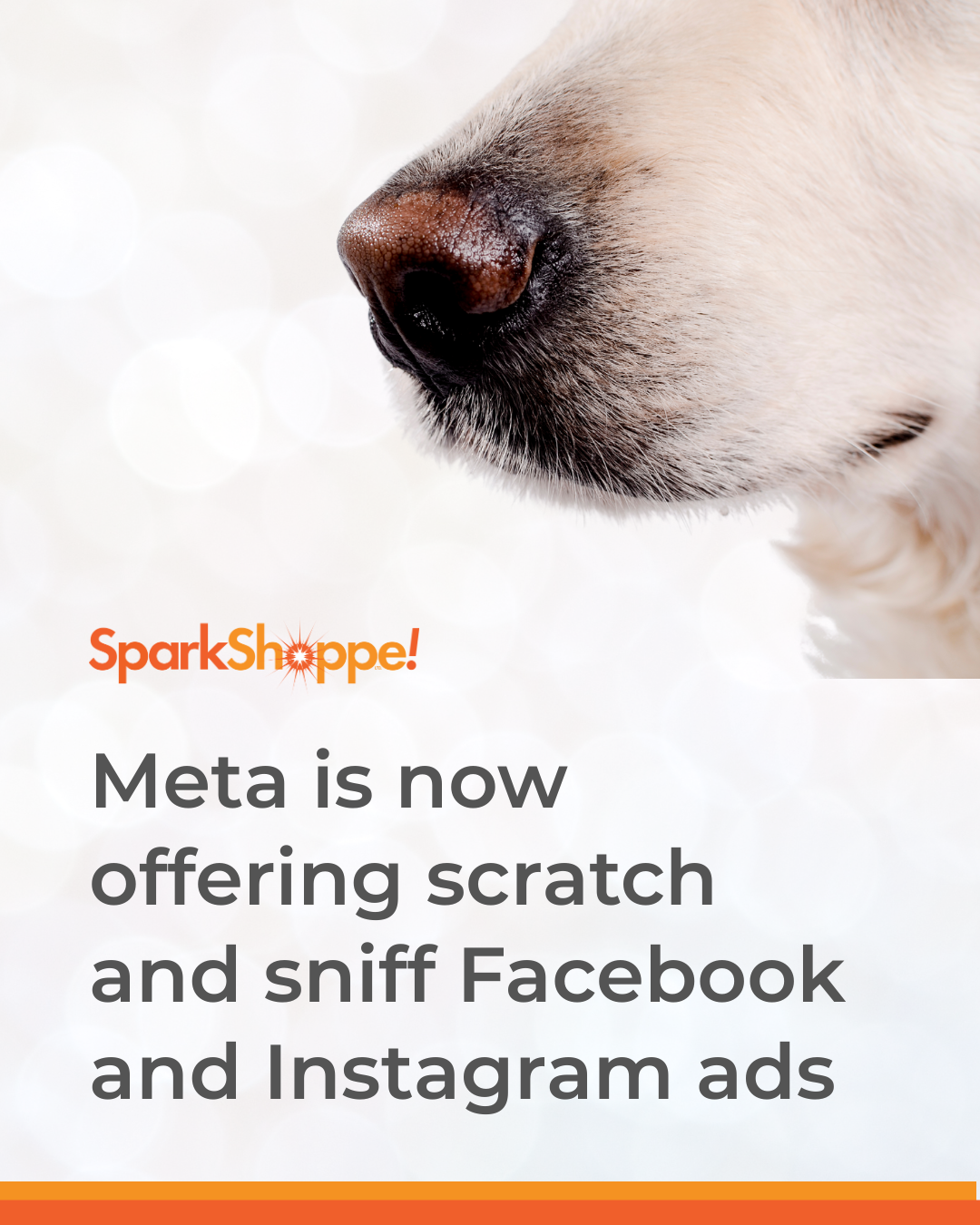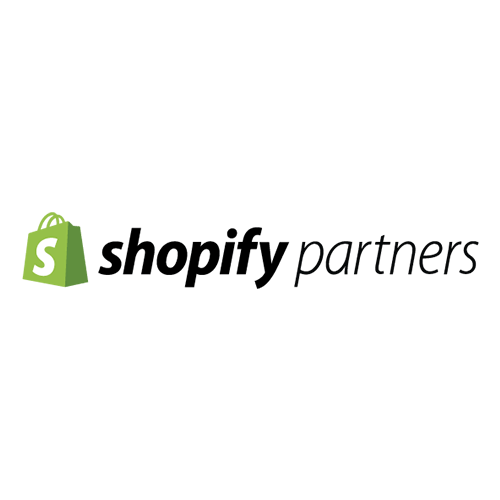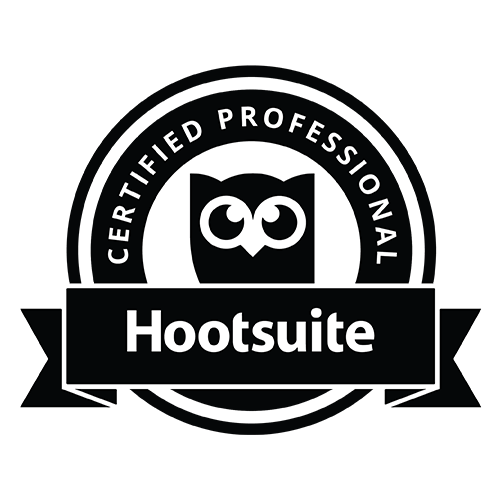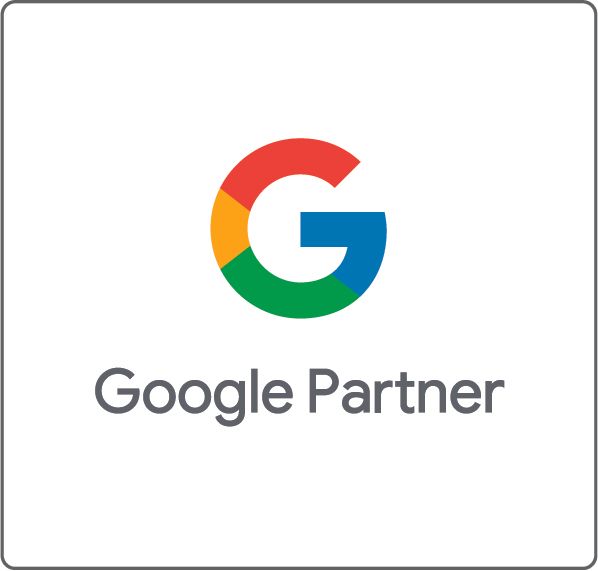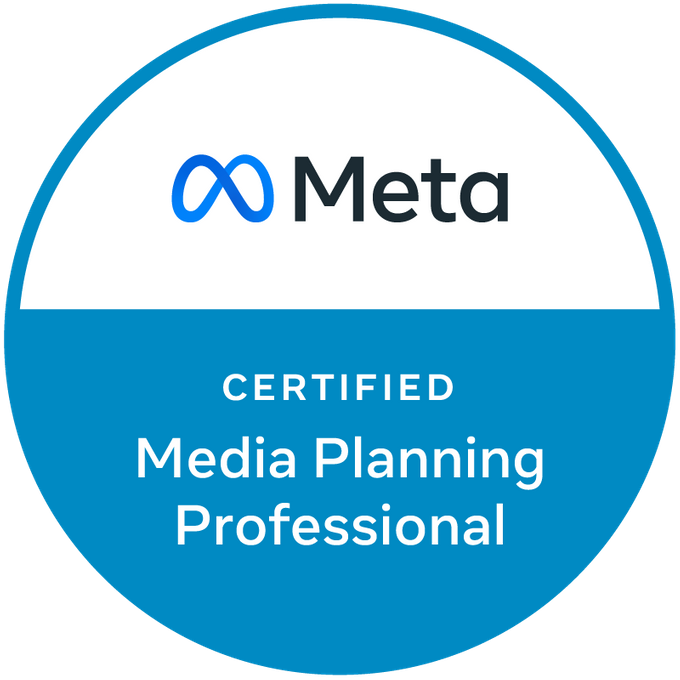70/20/10 Rule
Earned, Owed, and Paid media all work collaboratively to create an optimal marketing strategy, but what do each of these really mean? In simple terms, Paid Media is the advertisements that appear on television, social media websites, magazines and other outlets in which the company must pay for. Owned media includes all the social media accounts created by a company. These provide companies with the ability to directly interact with their customers. This includes Twitter, Facebook, LinkedIn and Instagram accounts. Earned media differs from the previous two in that it cannot be bought or created by the company, but rather must come from the customers themselves.
Companies have the responsibility to ensure customer satisfaction by providing a product or service consistent with their mission statement. Companies hope that with the ownership of continuously updated social media accounts (Owned Media) in combination with spending money on advertising (Paid Media), they will be able to gain earned media from both celebrities and also everyday consumers.
Earned, Owed, and Paid media all work collaboratively to create an optimal marketing strategy, but what do each of these really mean? In simple terms, Paid Media is the advertisements that appear on television, social media websites, magazines and other outlets in which the company must pay for. Owned media includes all the social media accounts created by a company. These provide companies with the ability to directly interact with their customers. This includes Twitter, Facebook, LinkedIn and Instagram accounts. Earned media differs from the previous two in that it cannot be bought or created by the company, but rather must come from the customers themselves.
Companies have the responsibility to ensure customer satisfaction by providing a product or service consistent with their mission statement. Companies hope that with the ownership of continuously updated social media accounts (Owned Media) in combination with spending money on advertising (Paid Media), they will be able to gain earned media from both celebrities and also everyday consumers.
The relatively new marketing theory called “70/20/10” is a new innovative digital marketing strategy that has been adopted by major companies such as Google and Coke-a-Cola. The concept can be interpreted in different ways based on context and also ranges by company. In general the theory can be interpreted as follows: 70% represents “Safe, standard content that appeals to a huge audience”, 20% represents “Moderately risky, should appeal to a new audience” and 10% represents “hard, risky, and complicated”.
In order to illustrate the strategy, we can examine the marketing concept of a well-known and established company, Starbucks. 70% of the company’s marketing consists of promoting their products through social media websites as well as more traditional paid advertisement outlets. 20% can be considered the app launched by the company which allows customers to preload their accounts, pay by scanning their mobile device while accruing “stars”, which are a form of loyalty points that later provide rewards.
The idea of an app is a pretty common marketing technique for companies in this modern age; however, it is limited to smartphone users and targets mostly just regular customers who wish to attain rewards for their loyalty. The 10% can be considered the launch of their first online community in 2008 in which customers have the opportunity to share their ideas directly on the Starbucks website and potentially have their ideas put into action by the company. The 70/20/10 theory can also be applied to their products. 70% is their basic hot and iced coffee and teas. The 20% is the addition of the popular “Frappuccino” drink to the menu. The 10% is their seasonal drinks that are only available for a limited time at certain points of the year.
You can check out an article from the website “Entrepreneur” which depicts the success of Starbucks digital marketing strategy.
Other relevant sources:
Smartinsights &
Starbucks
Never miss an update from “The Shoppe,” sign up for our email list today!
Subscribe
Sign up with your email address to receive news and updates.
Subscribe
We will get back to you as soon as possible.
Please try again later.
We respect your privacy.



Address
4 Corporate Drive,
Clifton Park, NY 12065
Shopper and Marketing Insights to Your Inbox!
Sign up with your email address to receive updates and insights from the SparkShoppe team!
Newsletter footer
We will get back to you as soon as possible.
Please try again later.
We support your right to privacy and therefore will not disclose your personal data to other organizations, third party vendors, suppliers or marketers.
© 2024 All Rights Reserved | Privacy Policy | Accessibility Statement

